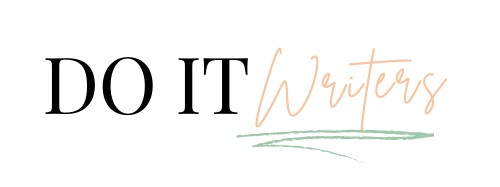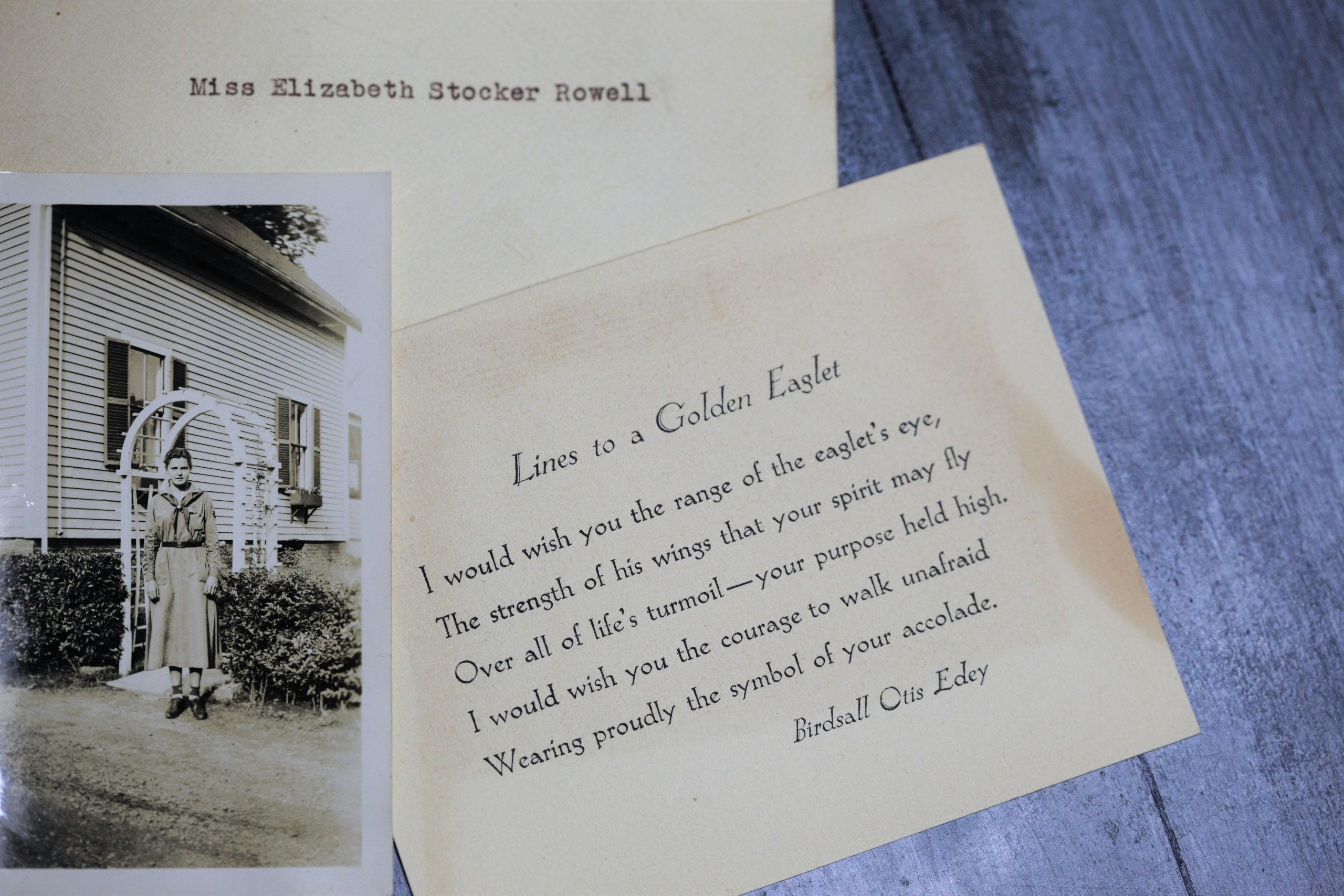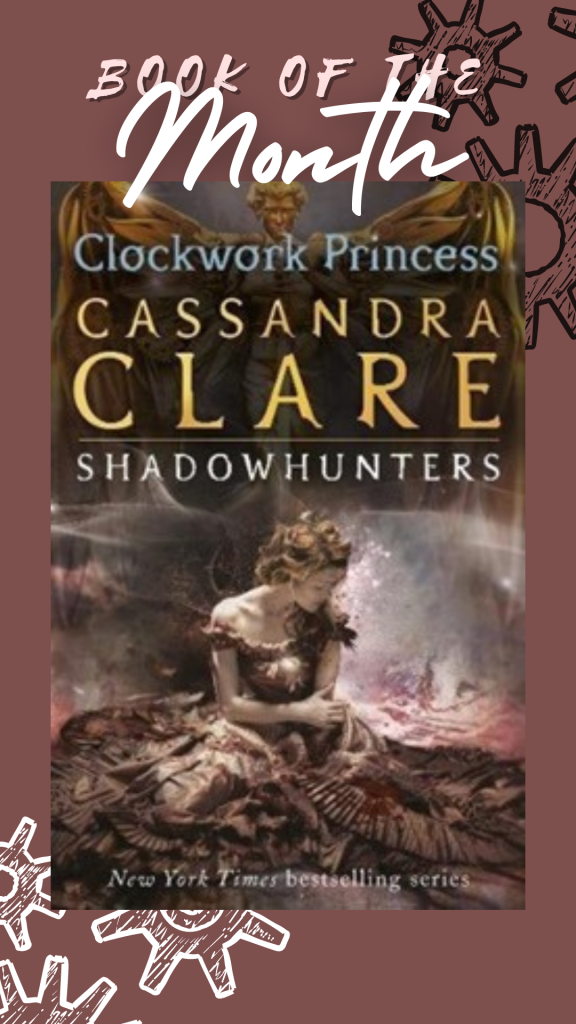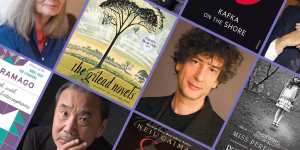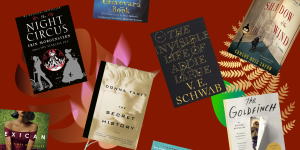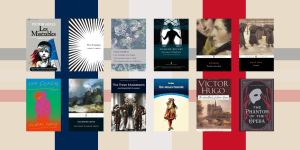Creating and organizing a poetry collection can be a complex task. Unlike novels, poetry doesn’t always follow a clear structure with a set beginning, middle, and end.
Each poem stands on its own but should also contribute to a larger theme or message when combined with others.
The order in which poems are presented is important—they shouldn’t be placed randomly. Instead, think about how they work together to build a bigger story or idea.
When readers finish the last poem in your collection, what lasting message do you want them to walk away with? This overall meaning is what makes the arrangement of the poems so essential.
Whether you’re a librarian looking to add variety to a collection, a teacher wanting to offer more literary options to students or a poetry enthusiast putting together a personal anthology, this article will guide you through the steps of curating a well-rounded and meaningful poetry collection that truly resonates with readers.
How to Curate Your Poetry Collection
Learn these 5 key tips for thoughtfully organizing and curating your poetry collection.
1. Understand Your Audience
Before you begin curating your poetry collection, it’s important to understand who your audience is. Knowing their preferences, interests, and backgrounds will help shape the direction of your selection.
Are you creating a collection for teenagers, adults, or seniors? Each age group has different tastes—teens might be drawn to modern, experimental poetry, while older readers may appreciate traditional forms and themes.
But demographics alone don’t paint the full picture. Consider whether your audience is familiar with poetry or just starting to explore it.
Do they enjoy complex, thought-provoking themes, or prefer lighter, more accessible poems? Are they interested in specific cultural perspectives or themes? You can gather this information by surveying readers, analyzing trends, or engaging with them directly.
Ultimately, the goal isn’t to meet every single preference but to create a collection that appeals to most readers while also expanding their horizons by introducing new poetic voices and forms.
2. Start with Your Strongest Poems
The first few poems in your collection are critical in capturing your readers’ attention. Much like the opening of a novel, these initial poems serve as your “hook” and will determine whether readers continue exploring the rest of your work.
To make a strong impression, begin with your most powerful and engaging poems. These should set the tone for your collection and showcase the major themes you’ll be exploring.
Think of these early selections as an introduction to the rest of the collection. What ideas or emotions will your poems delve into? What issues or themes will you address? By starting with your strongest poems, you not only draw readers in but also give them a sense of what to expect as they journey through the rest of your collection.
READ MORE: The Art of Sorrow: 9 Best Sad Poetry Books To Read
3. Arrange Your Collection by Narrative Arc or Emotional Resonance
When organizing your poetry collection, consider arranging the poems to follow a narrative arc or evoke emotional resonance.
Just like in a novel, the flow of your poems should guide readers through a journey, whether that’s through a story or a shift in feelings.
If your collection centers around a specific theme, event, or emotional experience, think about how you want the reader to feel as they progress through the poems. Do you want them to leave with a sense of hope, reflection, or bittersweet understanding?
For example, if your poems explore grief, you could structure the collection in stages—beginning with poems that reflect the time before a loss, moving into poems that confront the loss itself, and ending with those that explore healing and acceptance. This type of narrative arc gives the reader a sense of movement and resolution.
Alternatively, you could focus on emotional development, starting with lighter or more positive poems and gradually transitioning into darker, more introspective pieces. Or you might reverse this, beginning with heavier emotions and ending with a sense of resolution or hope.
The key is to think about the emotional journey you want your readers to take, and arrange the poems in a way that amplifies those feelings as they move through the collection.
4. Experiment
While traditional methods of organizing a poetry collection can be effective, don’t hesitate to experiment with different approaches.
There’s no hard and fast rule that your collection must follow a specific narrative arc or emotional progression.
You might want to try something more unconventional, like arranging poems alphabetically, as A.E. Stallings did in Like, or even crafting your collection as one continuous piece, similar to Tommy Pico’s IRL.
Experimentation can help your collection stand out and bring a fresh perspective to how poetry is experienced.
You might choose to blend themes unexpectedly or introduce poems that break away from the main flow to surprise your reader. However, even as you experiment, ensure that each poem serves a purpose within the collection.
Editing and rearranging are part of the process, and it’s okay to cut poems that don’t fit. Trust your instincts and be open to trying new ideas that push the boundaries of traditional poetry curation.
5. Make the Collection How You Like It
Ultimately, your poetry collection is a reflection of your unique vision and creativity. It’s important to craft it in a way that truly resonates with you.
If you’re not satisfied with how your collection has come together, it won’t matter how much praise it receives from others—you need to feel confident and proud of the work you’ve created.
Take ownership of your collection and shape it according to your preferences. Whether that means sticking to traditional structures or breaking all the rules, it’s your artistic expression.
Trust your instincts, and don’t be afraid to make changes until the collection feels like something you’re genuinely excited to share. This is your creation, so make it in a way that reflects your voice and vision.
READ MORE: How Reading Poetry Can Make You Smarter (Plus 5 Benefits)
Conclusion
Curating a poetry collection is both an art and a personal journey. While it’s important to carefully select and arrange your poems to fit a cohesive theme or emotional arc, don’t stress excessively over the order.
If you’ve thoughtfully curated each piece for quality and relevance, even a less conventional arrangement can still offer a meaningful experience to readers.
Trust your instincts as you find natural ways for your poems to connect and flow. Whether you choose a traditional progression, start with a standout piece, or experiment with an unconventional structure, let your creative vision guide you.
Remember, patterns are naturally appealing to readers, so leverage that instinct to create a compelling collection.
If you’re concerned about how your arrangement might be perceived, use the introduction to clarify your choices and provide context. This front matter can help set the stage for readers, making your collection’s structure clearer and more engaging.
Ultimately, your collection should be a true reflection of your artistic sensibilities, so embrace the process and enjoy the journey of bringing your poetry to life.
